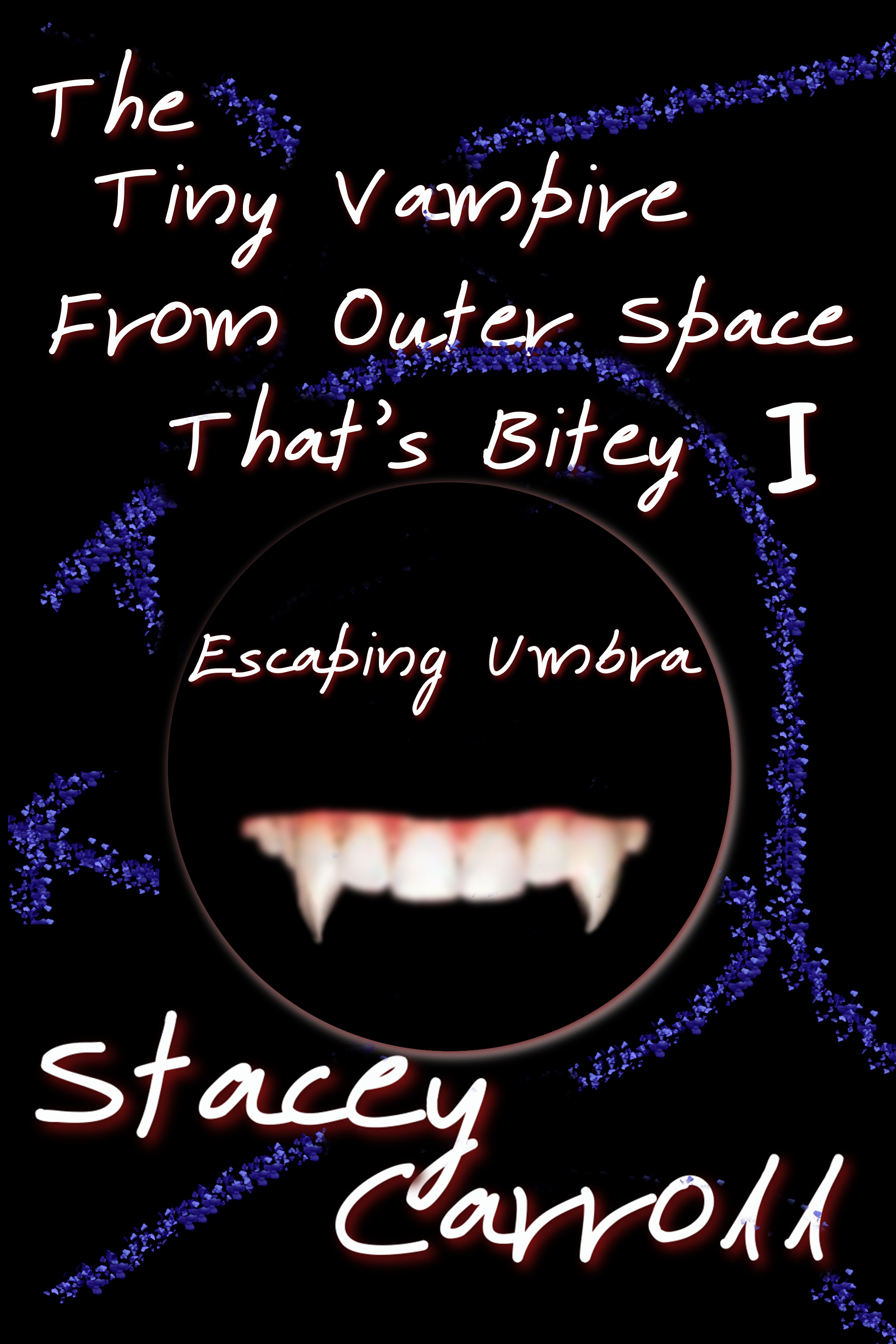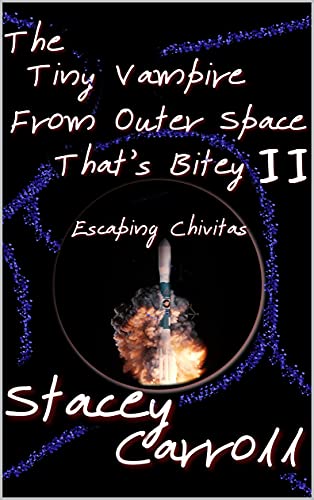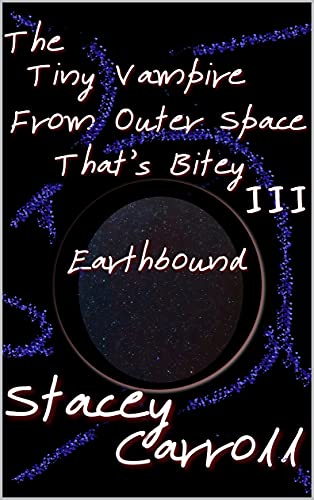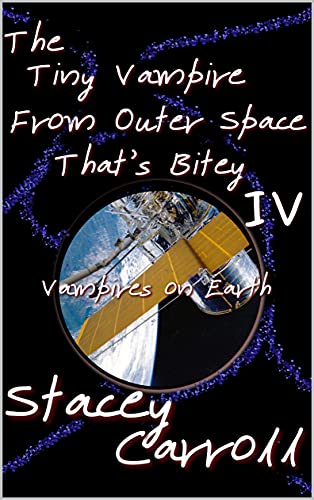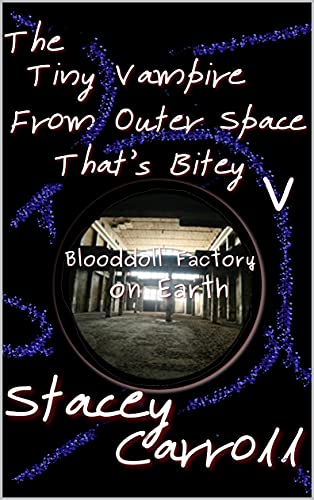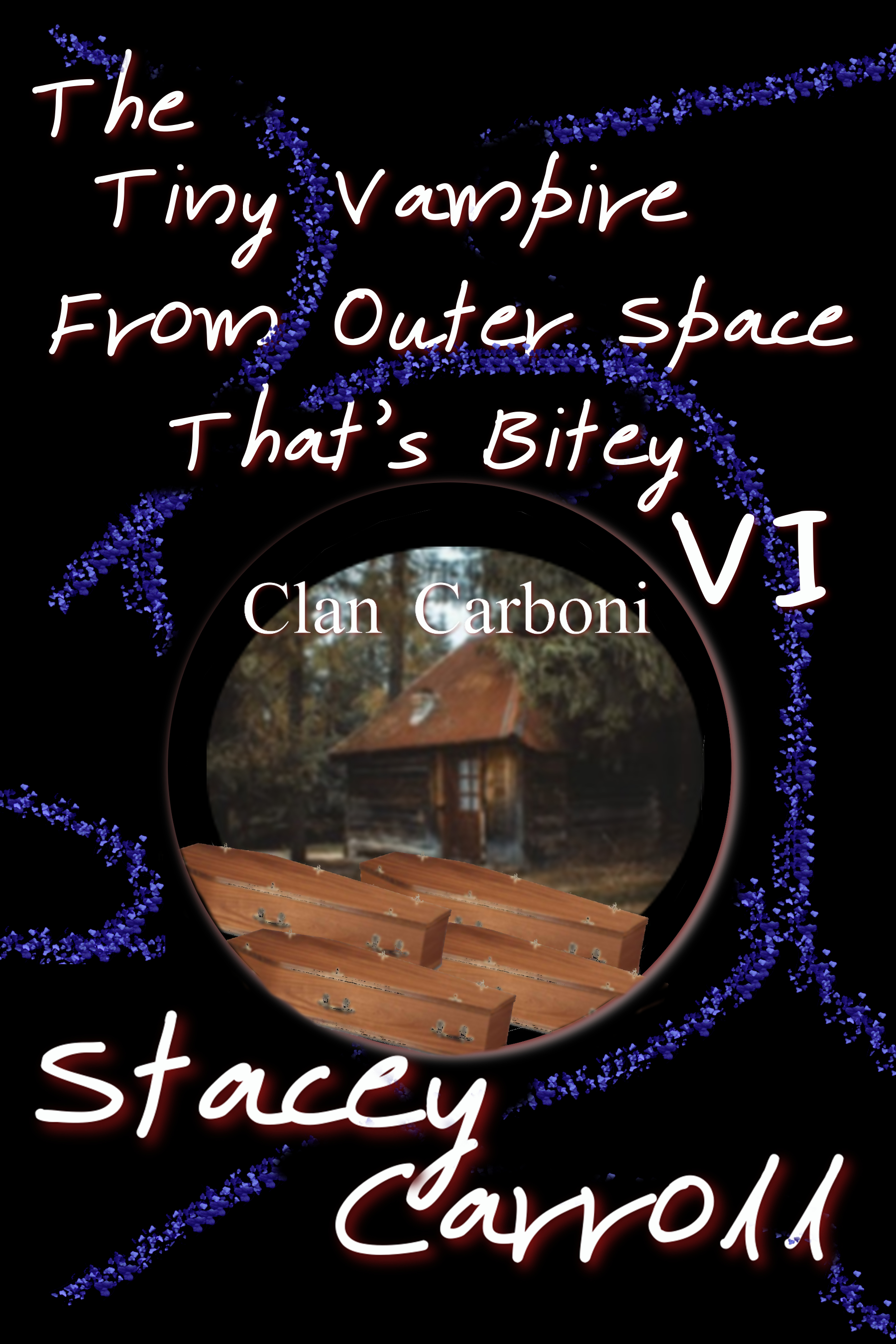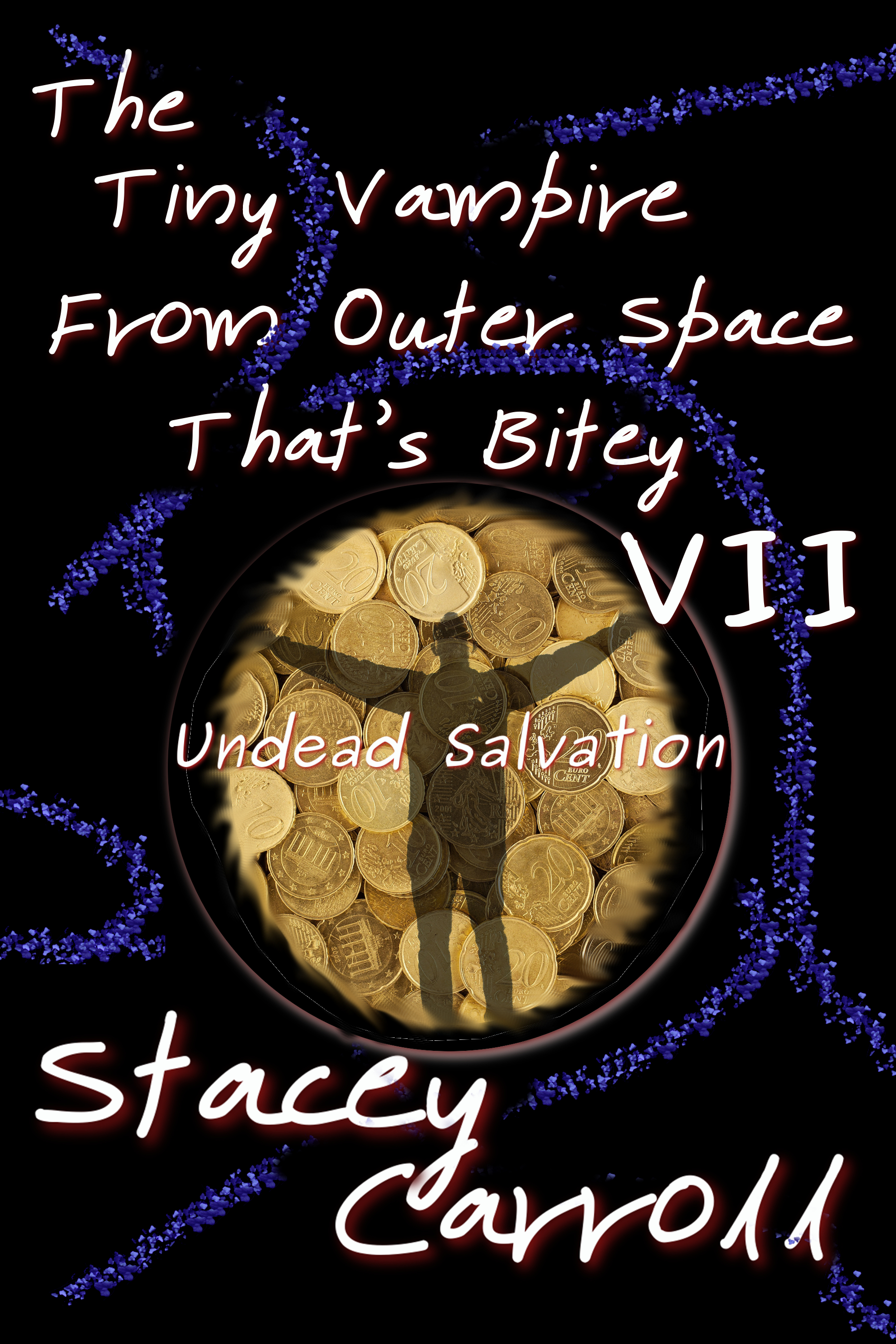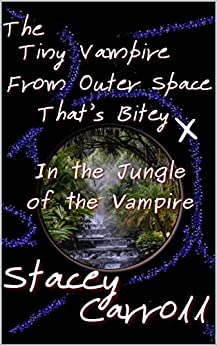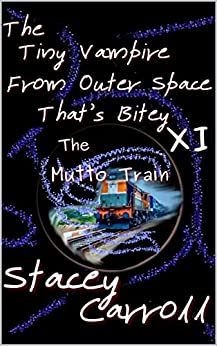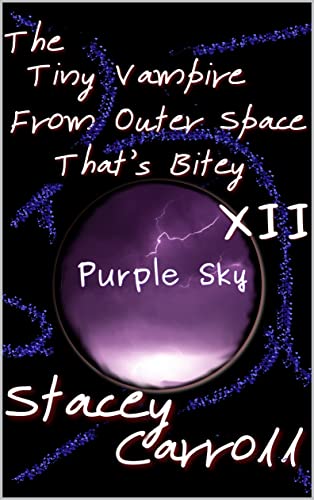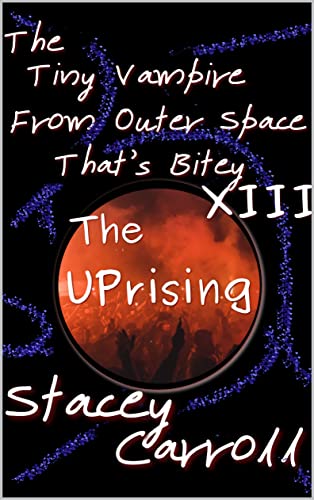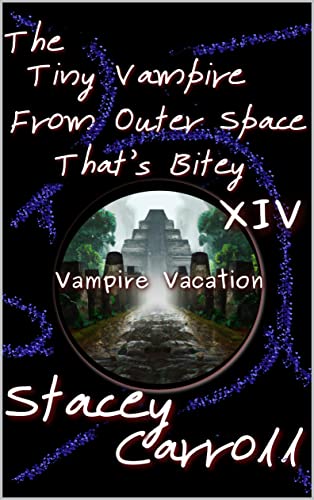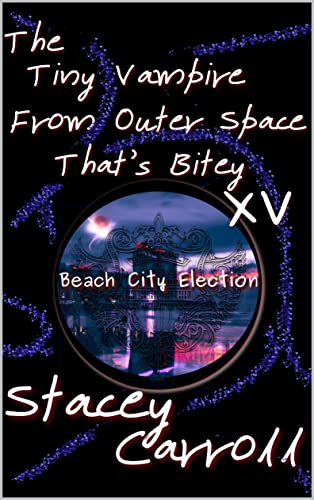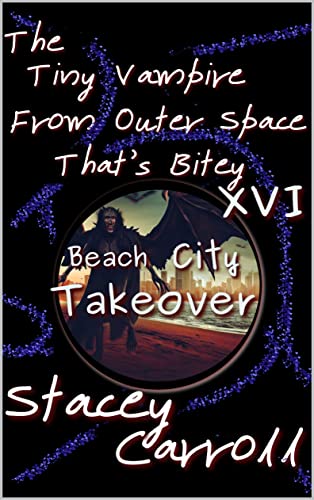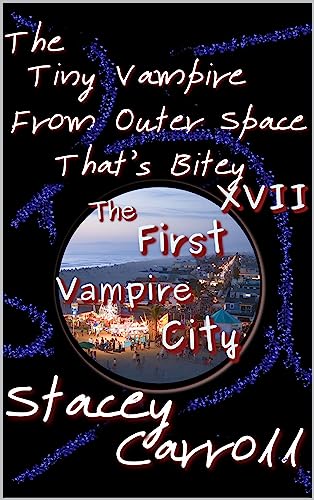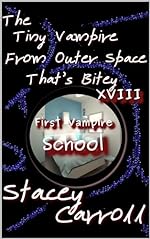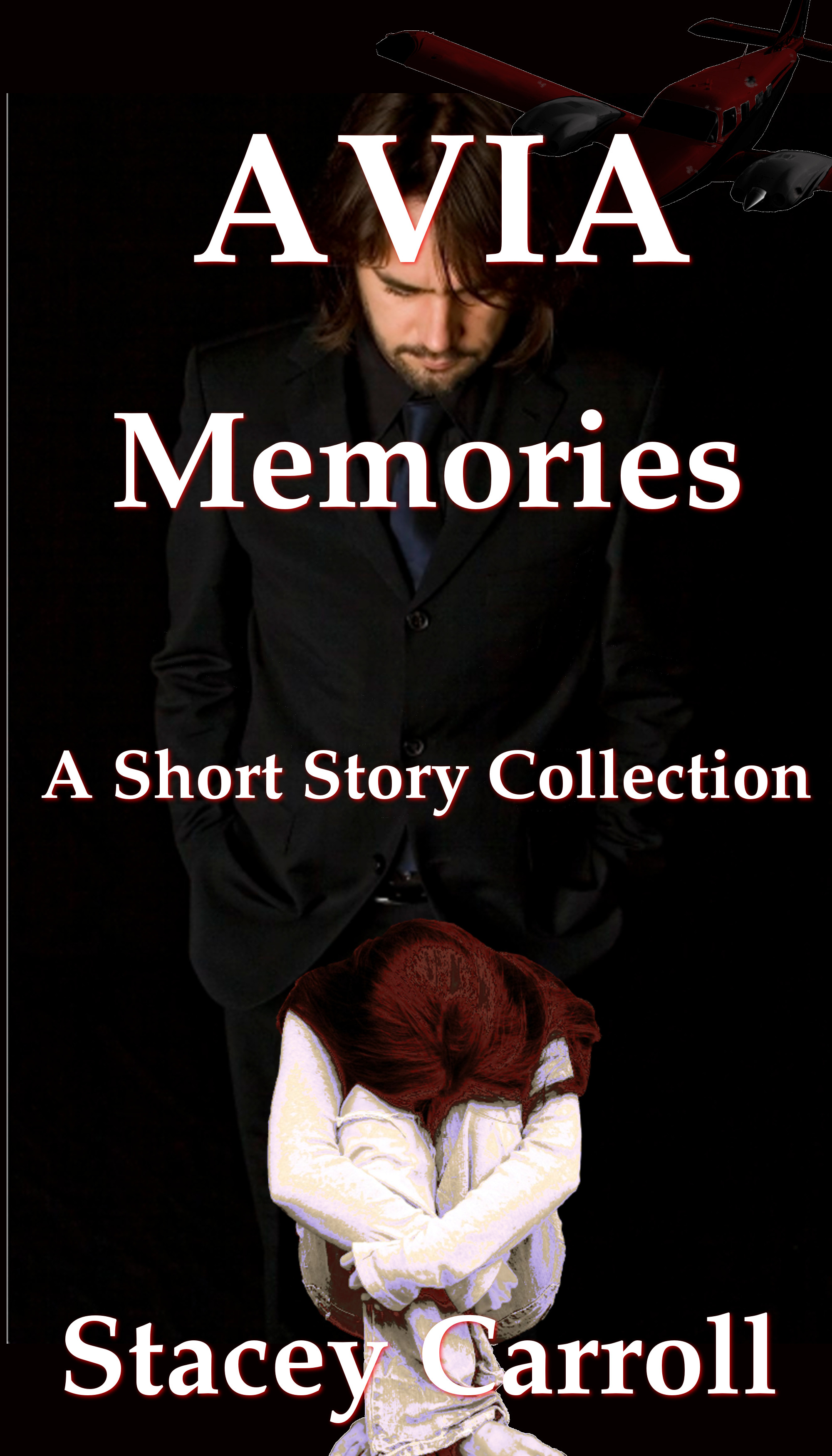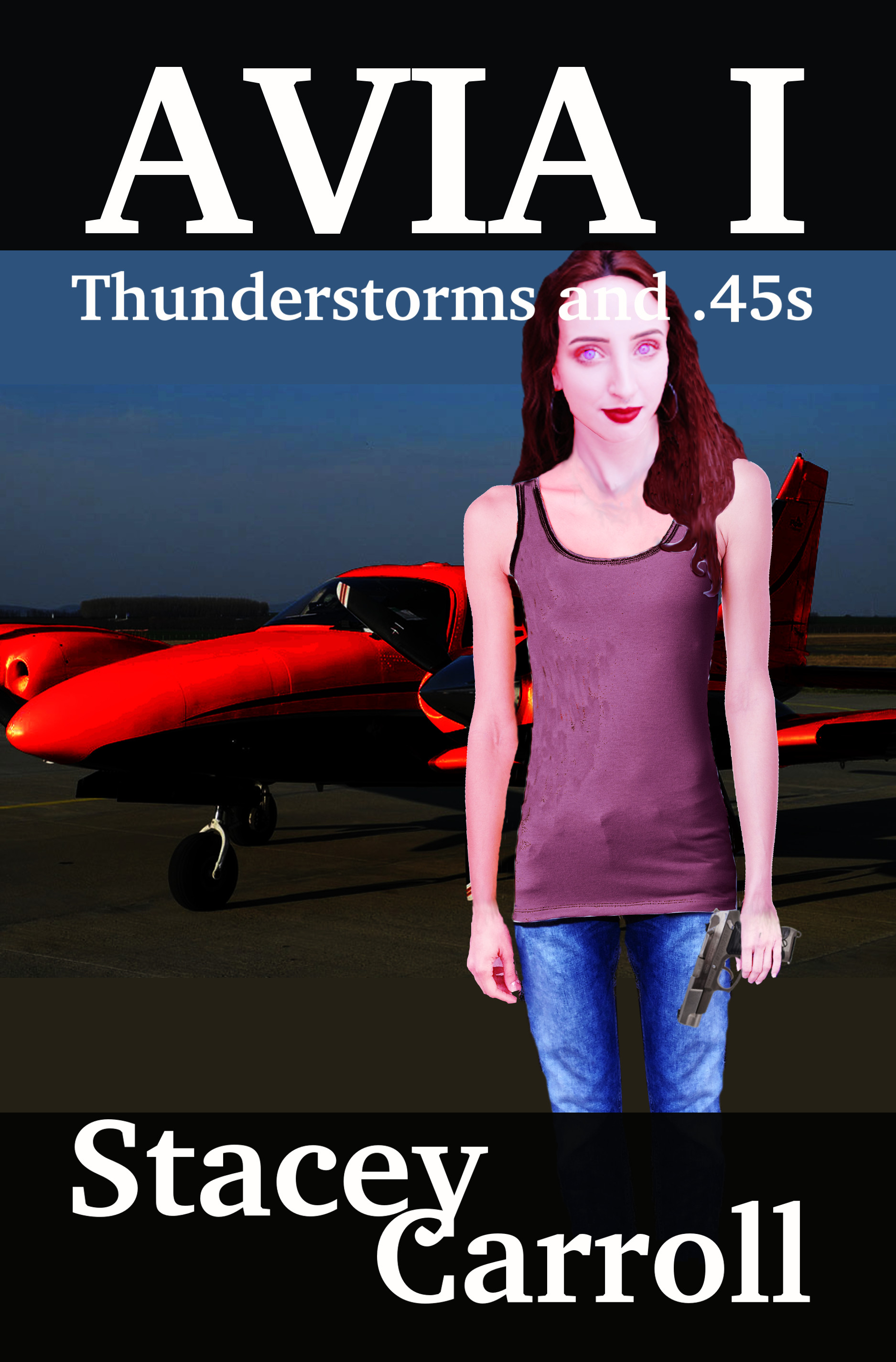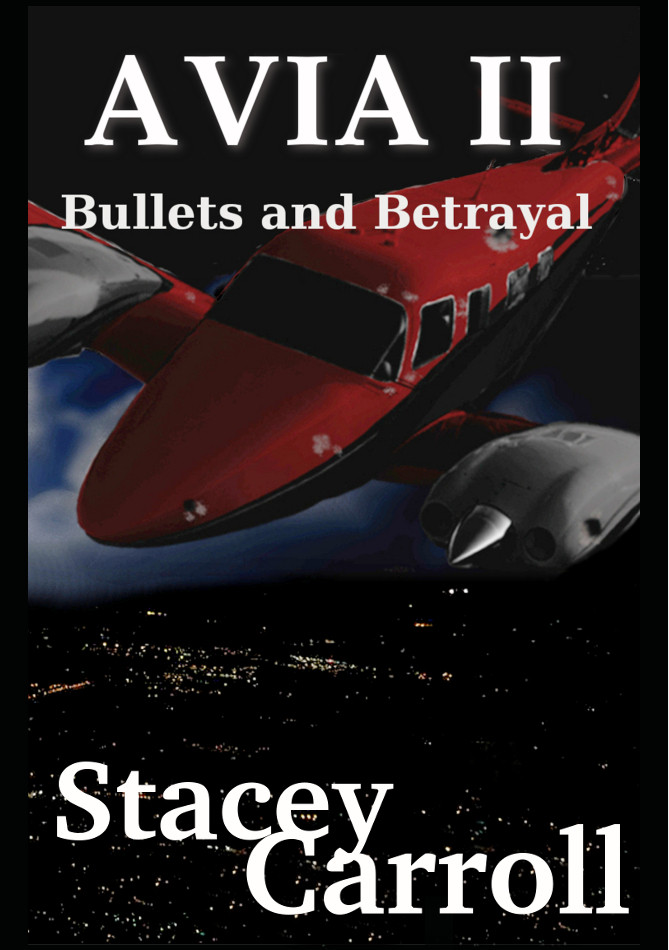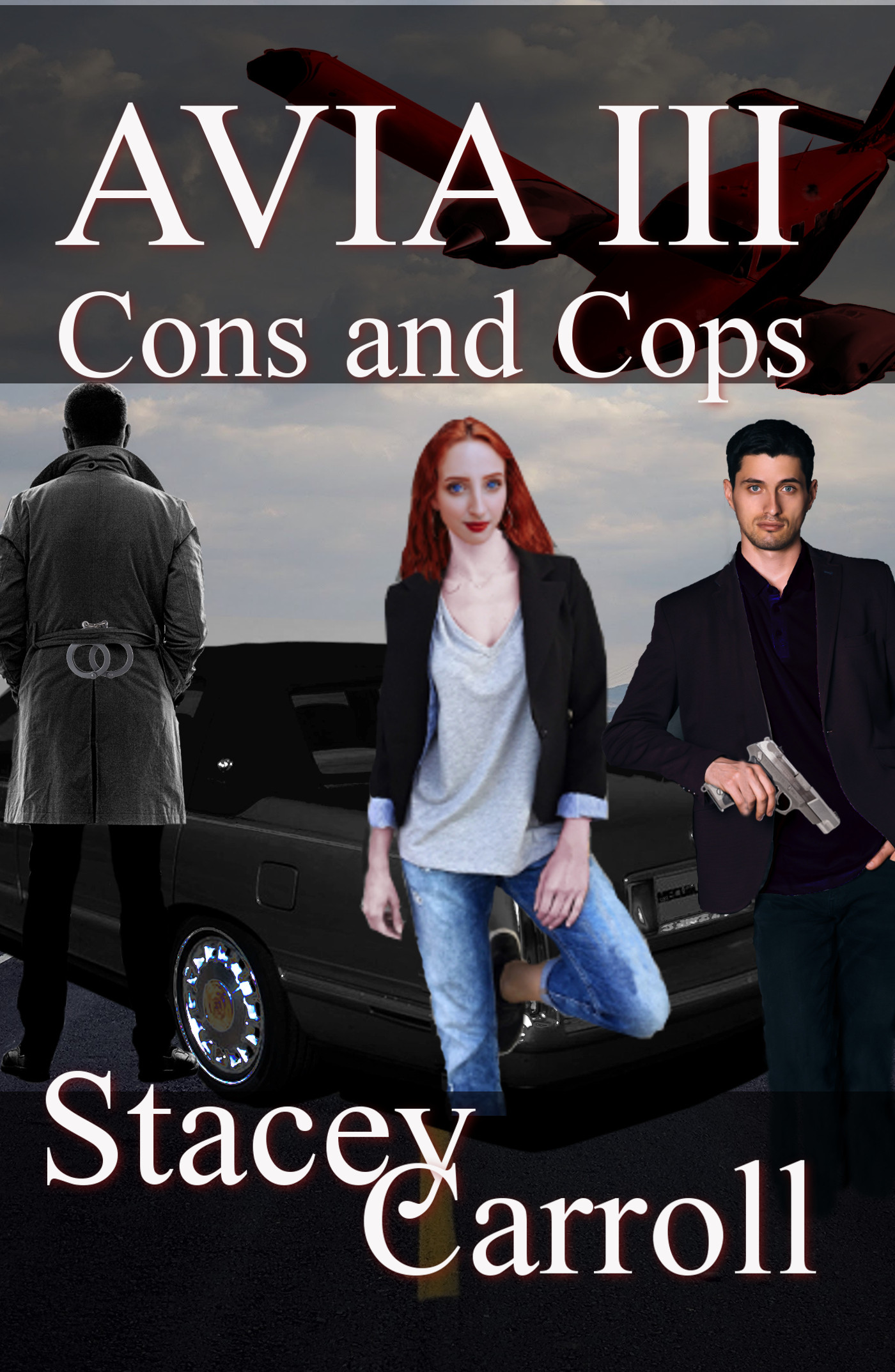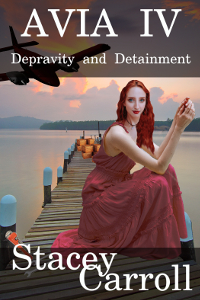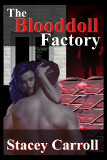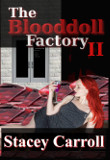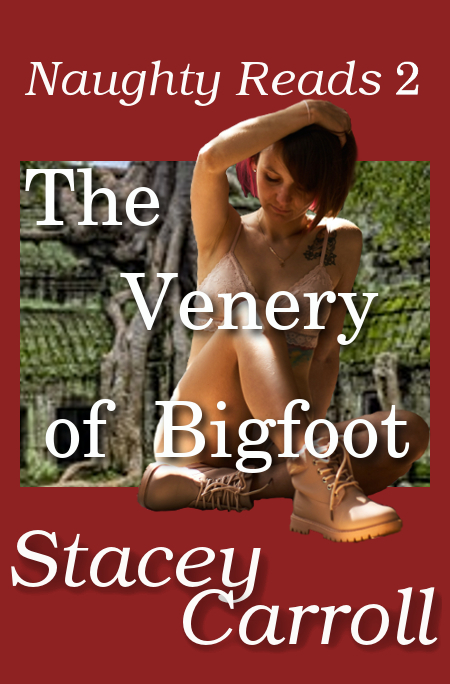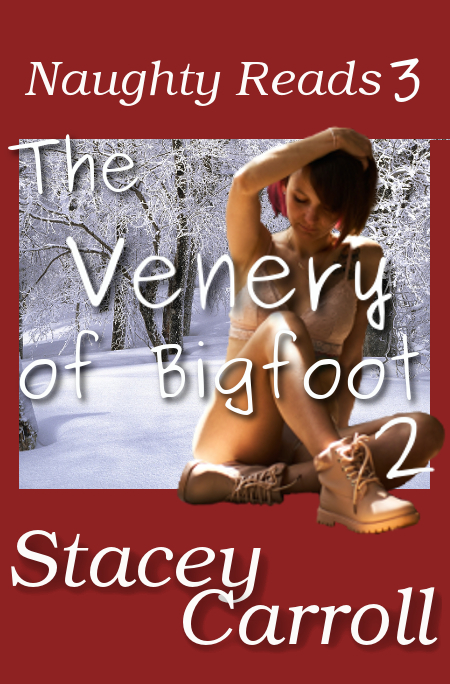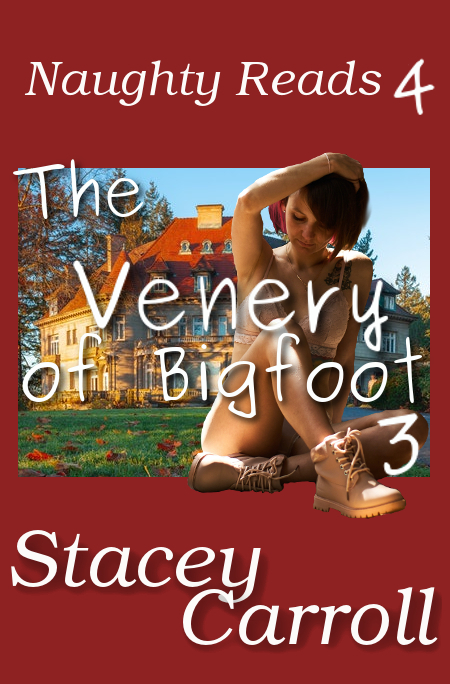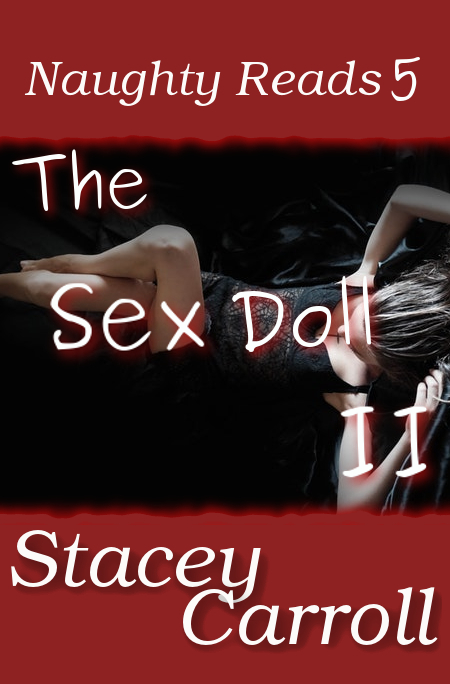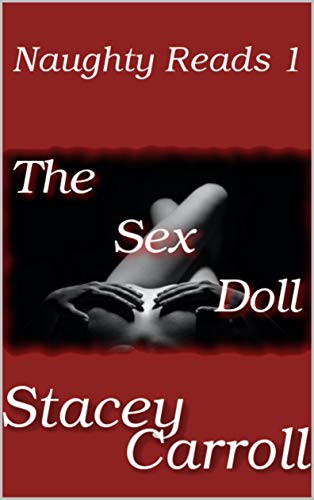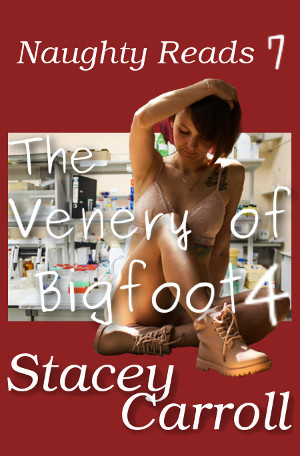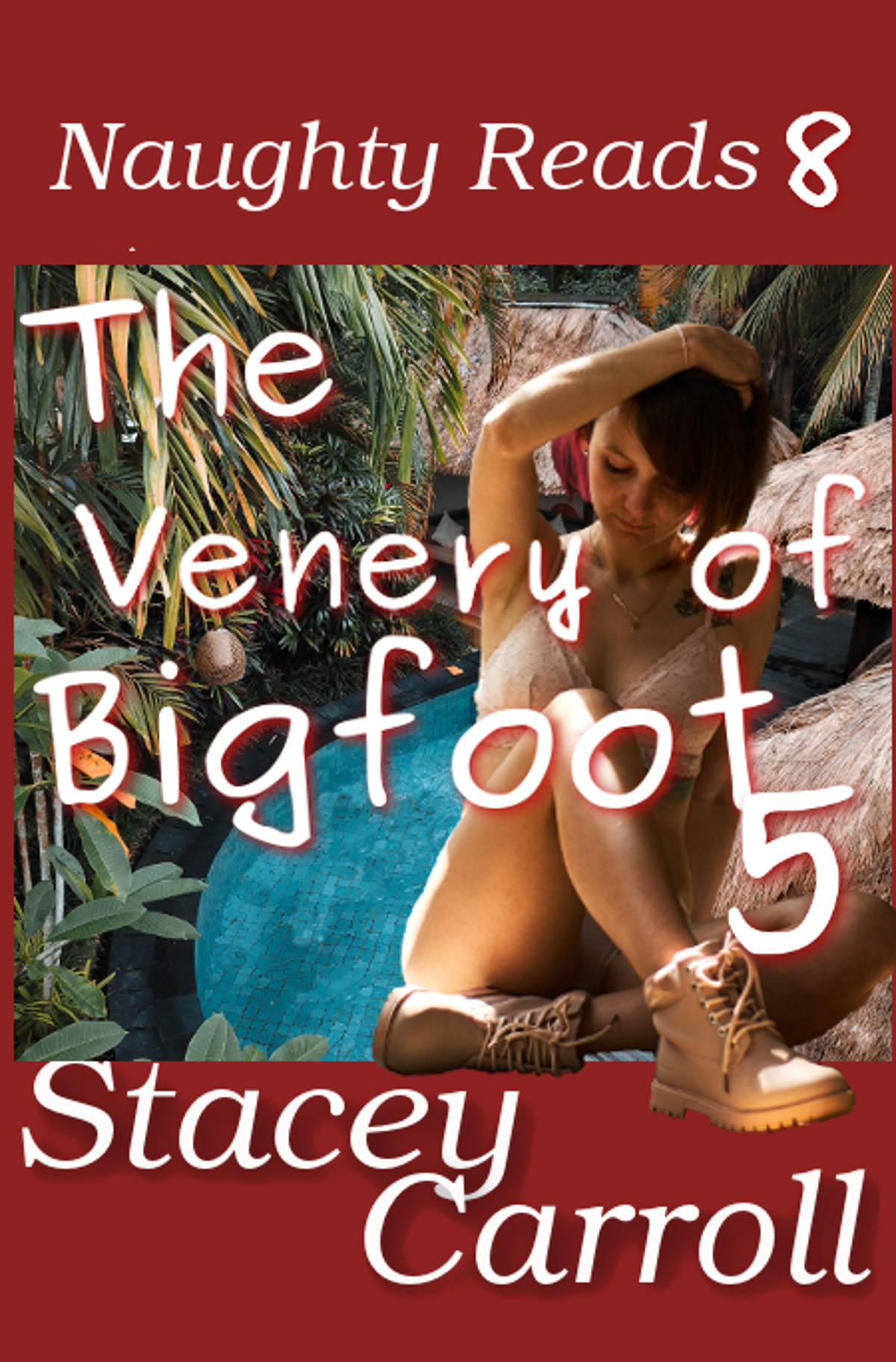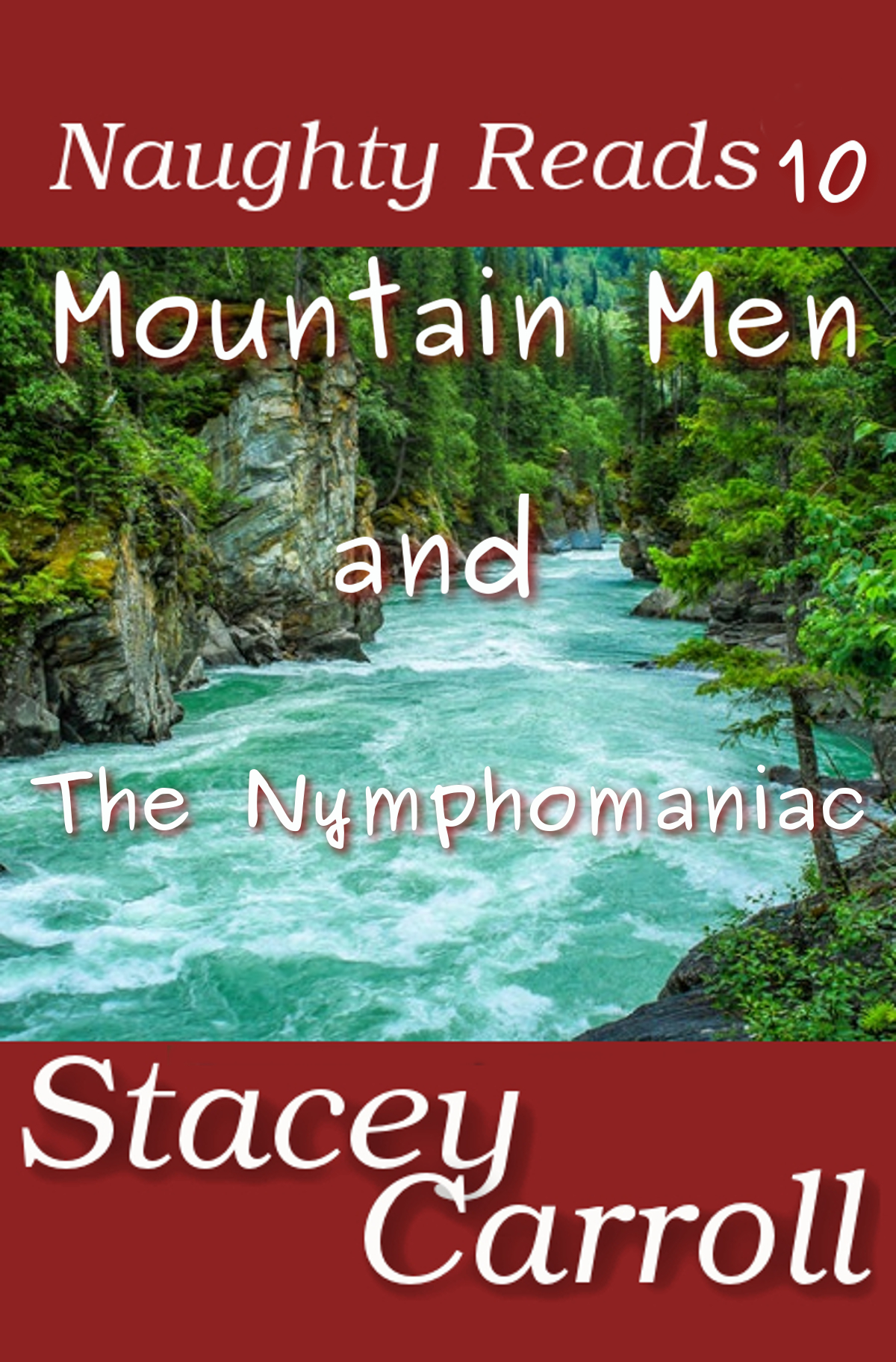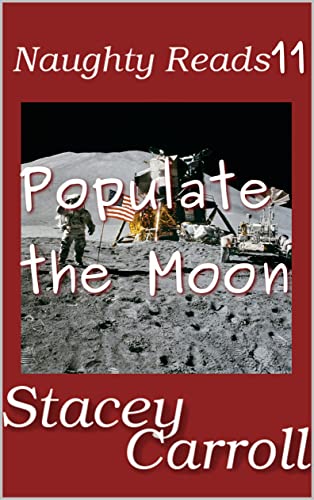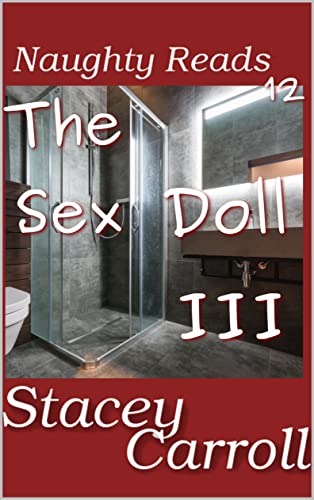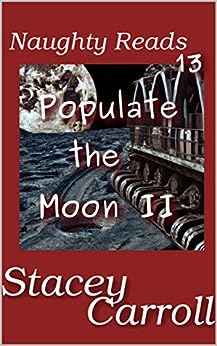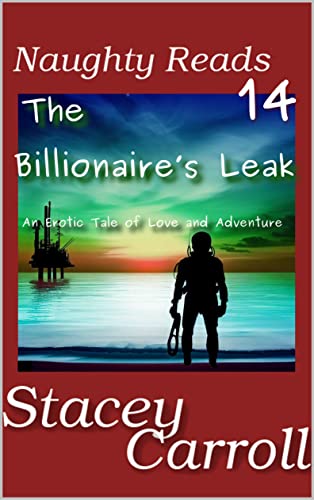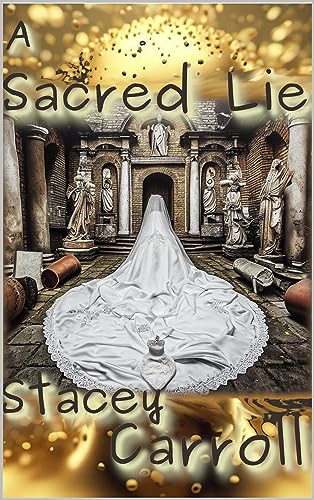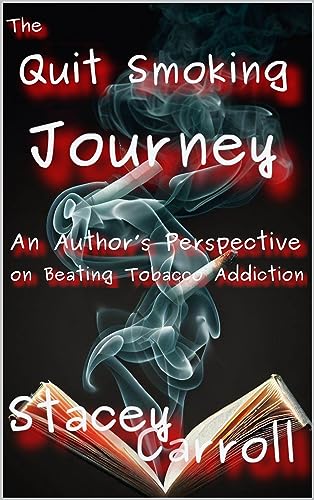Tiny Bitey Vampire - The Top Vampire Novel Series from Stacey Carroll
🌌 Vampire. Love. Space. Trouble.
When her home planet’s food runs out, tiny vampire Shadow blasts off on a desperate quest for survival—
and maybe love. Sci-fi adventure meets steamy vampire drama.
AVIA - Crime Fiction with a Strong Female Lead
A drug-running drug-addled pilot and her family try to avoid the law while running their organized crime business. This is a romantic suspense series that I started when I was 10 years old. Of course, it's gone through many changes over the years. One of the biggest was actually adding technology. When I started writing this series, cell phones and computers did not exist in the home or for the general person.
The Blooddoll Factory - Vampire Fiction with a Strong Male Lead
A man gets a job at a fertility clinic after being unemployed for a year. Unbeknownst to him, it's run by vampires. This is a romantic suspense with a vampire twist. It's one of my best suspense novels to date.
Short Stories - Adult Romance
Tiny erotic books for your enjoyment. Topic and themes vary. Books may be a single title or a series, and they are not in any particular order. What they all have in common is that they are .99 and between 8,000 and 10,000 words.
Full-Length Adult Romance Novels
Erotica books that are actual novels, meaning they have more than 40,000 words...
Writing Books to Help You Write Your Next Bestseller
Random Books That Fit Nowhere
For those who don't know, I started my writing career as a freelance, and there are a few differences between being an Indianapolis freelance writer and being a novelist. One of the biggest is that everything I write as a freelancer is preordered and priced. Agents, editors and publishers don't send out a list of material they want with prices they are willing to pay.
Freelancer
- 99 percent acceptance rate
- It's all preordered
- It's all prepriced
- There's very little competition
- You become an expert in a lot of different industries
- You become an expert at researching
- You are very good at SEO and social media
- Writing exhausted is a way of life
- There is no such thing as writers block
- Brain fry is real
Novelist
- 97 to 300 percent rejection rate
- The agents, publishers ect did not ask for it
- Submitting blind
- Way more competition
- You don't get paid until you get a book deal
- You may never get a book deal
- Reading all those rejection letters is going to wear you out, regardless of how good your self-esteem is.
- You are going to get really good at determining which rejection letters are real and which ones were copy/paste bulk send
Write Your Novel Notebook
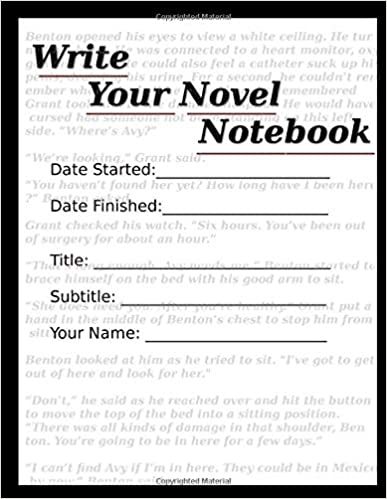
Are you ready to write your novel? Looking for a notebook that keeps you organized and inspired? The Write Your Novel Notebook is designed to help you structure your story, track your characters, and complete your manuscript from start to finish.
Notebook Highlights:
- 20 Chapters, 20 pages per chapter
- Space for notes and chapter overviews
- Dedicated pages for character tracking
- 400+ lined pages—write up to 100,000 words!
- Track your start/finish dates, title, subtitle, and key details
This notebook makes it easy to plan your chapters, monitor progress, and jot down additional ideas as you go. A perfect companion for any novelist and for your other writing tools like The First Five Drafts (SC Writing Book 1).
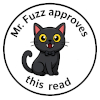
Mr. Fuzz Approves This Notebook
Read More Amazing Stuff
- Best SEO Tips for Freelance Writers: A Practical Guide to Get Found and Hired in this AI Infiltrated World
- The Tiny Vampire From Outer Space That’s Bitey XI: The Mutto Train (Shadow Conn Tiny Vampire Book 11)
- How to Get More Honest Book Reviews Without Begging: A Practical Guide for Authors
- Understanding When NOT to Ask for an Article Revision
- HOW TO CREATE AN AMAZON KINDLE EBOOK COVER
How to Self-Publish Your Book: An Indie-Author’s Guide
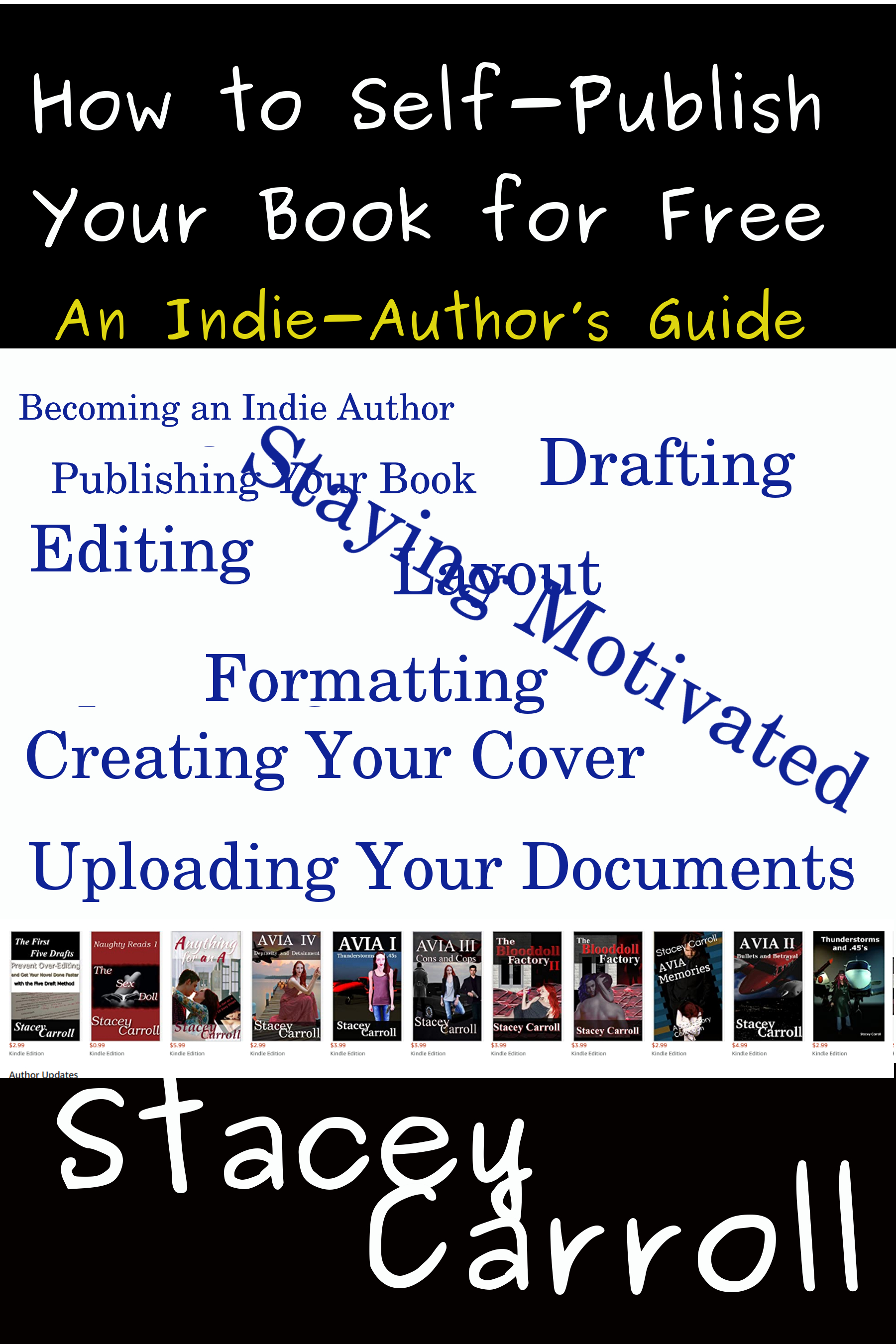
Have you written a book but don’t know how to take the first steps toward getting published? You’re not alone. Many budding authors finish a manuscript and then feel lost when it comes to publishing.
This guide breaks down the self-publishing process for indie authors. You’ll learn the practical steps to get your book ready, from formatting and cover creation to marketing and distribution. While traditional publishing is an option, it usually requires finding an agent or publisher who will perform edits, develop the cover, and release your book — without asking for payment from you. If a “publisher” asks for money, it’s not traditional publishing; it’s likely a vanity press.
This book is perfect for authors who want to self-publish with confidence, avoid common pitfalls, and keep control of their creative work.

Mr. Fuzz Approves This Book
Read More Amazing Stuff
- Best SEO Tips for Freelance Writers: A Practical Guide to Get Found and Hired in this AI Infiltrated World
- The Tiny Vampire From Outer Space That’s Bitey XI: The Mutto Train (Shadow Conn Tiny Vampire Book 11)
- How to Get More Honest Book Reviews Without Begging: A Practical Guide for Authors
- Understanding When NOT to Ask for an Article Revision
- HOW TO CREATE AN AMAZON KINDLE EBOOK COVER
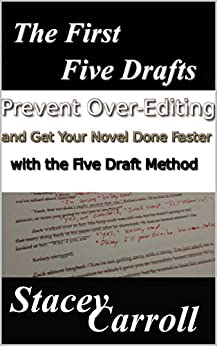
The First Five Drafts: Prevent Over-Editing and Get Your Novel Done Faster with the Five Draft Method
The five draft method is designed to help you reduce your chances of over-editing, which can stall your writing process and cause you to either never deem your novel finished or ruin it in any number of ways, including inputting too many slow sections, taking out all the interesting details and doing too much ‘showing’ versus ‘telling’.
In this writer's self-help book, you will learn how to write your first draft and revise your manuscript to the point where it's ready for self-publication or submission to agents and/or publishers.
The Five Draft Method
Draft 1: The Junk Draft
Draft 2: The Structuring Draft
Draft 3: The Rough Draft
Draft 4: The Analytical Draft
Draft 5: Final Draft
Plus! Proofreading for Publication

Mr. Fuzz approves this read 🐾
Read or Listen to a Sample
Five Drafts AUdio Sample
Chapter 1: Starting Your Fiction Book
I’ll start off by saying that I have a minimalist style when it comes to starting and writing novels. This means I do not write outlines or detailed notes prior to beginning any novel. I may do those things later in the process, but I don’t do it when I’m staring at a blank page that says: Chapter 1. It also goes without saying that the fastest way to start a book is to start writing it.
I also think the fastest way to never start or finish your novel is to bog yourself down with detailed character
biographies, notes and plot outlines.
After all, you’re going to think you did an amazing amount of work if you wrote 50 pages of character biographies that included primary and secondary emotions, height, weight, tattoos and disabilities along with their back-stories, primary driving forces and personality traits. The truth is that you didn’t write a word of your novel, and I believe that in most instances, those descriptors and features will come out in the text as you write.
So Let’s Get Started!
When you get started, there are two to three things you need prior to writing the first word of your actual story. Yes, I know I just said ‘skip the preplanning’. You still need to know two things: your characters and your plot or goal, and in some instances, you may need a little extra information.
Who are your main characters?
The first thing you need to do is name your main characters and give them a job title. You can do this at the top of your word processor on page 1. In books that have a large cast of characters, this will help you remember who they are, especially if you have to take an extended break for some reason. In Anything for an A, I wrote down:
I wrote nothing else down. Are they short, fat, tattoo’d, mentally unstable, fucked in the head for X reason? I didn’t know, and at this stage, I don’t care. The only question I wanted to answer was – Who are my main characters and what are their names? As more characters make their appearance, you can always add to this list.
What is your story’s theme or one-sentence plot?
Next, write down something about the theme or plot of the book. This can be a single sentence or a paragraph or both. There are two reasons why you need to do this.
- You need to know something about what is going to happen in your book that you can reference later to make sure you are staying on track. For Anything for an A, I wrote:
- You’ll need these later to advertise your book. When you write down your single sentence overview and your paragraph plot overview at this stage, you are not bogged down by the details and subplots and all the chaos that happens to your characters throughout the book. You can reword it later for your book blurb and advertisements and marketing, but the truth is that this is going to be the simplest overview of your new novel that you will ever write. You can also use versions of this in query letters and submission packages if you plan to look for an agent or publisher.
Is there anything else that is critical that must be written down right now?
For some books, you may have another piece of critical information that you must write down right now. This information will differ, depending on your book’s genre, theme and setting. For Anything for an A, the other important information was Kelsey and Carl’s class schedules. This book is set in a high school, so it was critically important that I list their class schedules right away so I did not forget which classes they had during each school day. If you’re writing a Mystery or crime book or HowDunIt, this information may be the weapon and the murder and some keynotes on how it happened and the primary clues. If you’re writing a fantasy book and creating your own world, it may be information on your world, the climate and the cities and towns within. Just remember to keep it as brief as possible. You don’t want to spend a whole lot of time here, and you can always add to this later.
Chapter 1 - Page 1
With all the critical information written at the top of your word processor, it’s time to start writing your story. If you’re going to get cold feet anywhere in the process, it’s right here, because you’ve not written anything of the actual story text.
Writing Down the Opening Paragraph
There are a few ways to start your novel, including waking your characters up, starting with the first action sequence that’s loudest in your head, using another novel’s opening paragraph and using a prompt card.
Waking Your Characters Up
If you get stuck here, the fastest way to start a novel is to wake the characters up. You can look at this like they’ve been sleeping in your head, and now it’s time to wake them up and bring them to life. This might look something like:
Once you wake your character up, you now have something to write about. You can write down her thoughts while she’s in the shower. You can describe breakfast, and you can start the interactions with other characters. During later drafts, you’ll delete this paragraph because you never want to start a book by waking a character up, but it is a great way to get your novel started.
The First Action Sequence
If you’re writing an action book, adventure book, crime book or anything that’s going to contain a lot of physical action, you can start with the first action scene that is loudest in your head. If you’re starting a drama book or romance book, anything to do with family, friendships or relationships, you can start with an argument. The good news about starting with an action sequence or argument is that you can keep it, and you’re virtually guaranteed to grab readers’ attention.
Using Another Novel’s First Paragraph
If you read a lot or own a lot of fiction, you can start with someone else’s first paragraph, especially if it fits your theme, location or writing style. For this version of an opening, you’ll just copy the other author’s first paragraph and move on from there. This is a technique that is used in a lot of creative writing classes to get new and aspiring authors past their blank page syndrome or ‘writer’s block’. However, it is very important that you notate that this is not your paragraph and that it came from X book by X author. As you draft, this paragraph should disappear. However, if you don’t write it out of existence with your drafting process, you will have to delete it before publication because it is plagiarism if you keep it.
Using a Prompt Card
There are dozens of books of writing prompts and writing ideas out there, and a lot of them are fairly cheap, under six dollars. If you happen to have a book of prompts or some idea cards, locate one that works with your book idea and type it right under your chapter heading. Use that to write the opening paragraph of your book and move forward. Like using the opening paragraph of an existing novel, you also need to delete that prompt during your later drafts.
Once you have your opening paragraph written or first few pages, you’re writing your novel and working on your first draft. Congratulations!
Other Books You Might Like
Read More Amazing Stuff
- Best SEO Tips for Freelance Writers: A Practical Guide to Get Found and Hired in this AI Infiltrated World
- The Tiny Vampire From Outer Space That’s Bitey XI: The Mutto Train (Shadow Conn Tiny Vampire Book 11)
- How to Get More Honest Book Reviews Without Begging: A Practical Guide for Authors
- Understanding When NOT to Ask for an Article Revision
- HOW TO CREATE AN AMAZON KINDLE EBOOK COVER
Anything for an A
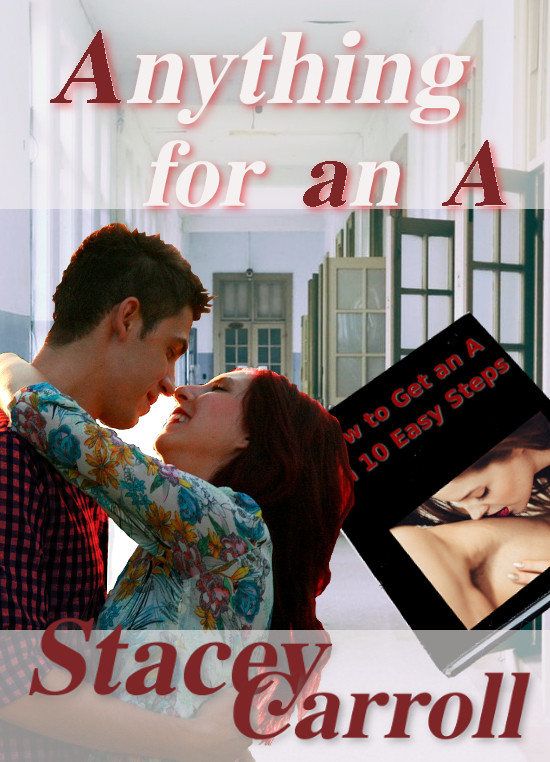
With time running out, 18-year-old senior Kelsey must get straight A’s to qualify for a scholarship to college. After living several years on the street with her poverty-riddled parents, she’s been taken in by a man she calls Uncle Greg — but only until she graduates from high school. With four weeks left, Kelsey has to prove that she has a 4.0 GPA to earn an exclusive scholarship, or risk ending up back on the streets.
At Grand Central High — a school infamous for scandals and investigations — Kelsey’s task won’t be easy. Disadvantaged by years of missed schooling, she doesn’t know enough of the material to excel in every subject. But she does know how to leverage her friendships, and she isn’t above using charm and persuasion to get what she wants. Can Kelsey really turn things around in time to win the A-Plus Scholarship, or will she lose her last chance at a future?

Mr. Fuzz Approves This Book
📖 Sample Chapter: Monday Afternoon – Kelsey Arriving Home from School
Kelsey Smith stepped out of Carl’s car in front of 201 Church Street. As usual, Greg forgot to pick her up from school, and it was almost four in the afternoon. If Carl hadn’t stayed late to talk to the English teacher, Mr. Ingles, Kelsey would have been forced to walk home. While it was only about a mile, it was a mile farther than she wanted to walk after running up and down stairs all day.
Kelsey walked up the sidewalk and opened the faded black screen door. The brown-painted security door's handle didn't budge when she attempted to turn it. After pulling out her key, she unlocked the handle and the deadbolt before testing it again. The lock had a habit of retracting the bolt ninety-nine percent of the way, leaving just enough lip to jam. Today, it was working correctly.
Once the door was open, she waved to Carl to let him know she was fine and going inside. However, she paused with the screen door closed and watched until Carl's car disappeared from view. He had asked if she wanted company until Greg arrived home. She had not, but Carl insisted on staying since this was a less-than-stellar neighborhood. Kelsey politely refused his offer, reminding him that she grew up homeless on the street and needed no additional protection. Now, she wanted to make sure he had taken her refusal seriously. It looked like he had.
Kelsey closed and dead-bolted the door before turning and looking over at the couch. Greg wasn't on the couch, and after listening for a moment, she realized the house was silent. Greg was not home, and Kelsey made a mental note to kick his ass.
To make sure he truly wasn't home, Kelsey turned on the lights and walked through the downstairs before checking upstairs. She saw no indication that he was home or had been home since he dropped her off at school. This was weird. He was usually home by three. Greg just never bothered to stop by Grand Central High on his way home to pick her up. It irked Kelsey. She’d lived with him for the last five years.
📚 Ready for more adventures?
- Best SEO Tips for Freelance Writers: A Practical Guide to Get Found and Hired in this AI Infiltrated World
- The Tiny Vampire From Outer Space That’s Bitey XI: The Mutto Train (Shadow Conn Tiny Vampire Book 11)
- How to Get More Honest Book Reviews Without Begging: A Practical Guide for Authors
- Understanding When NOT to Ask for an Article Revision
- HOW TO CREATE AN AMAZON KINDLE EBOOK COVER







